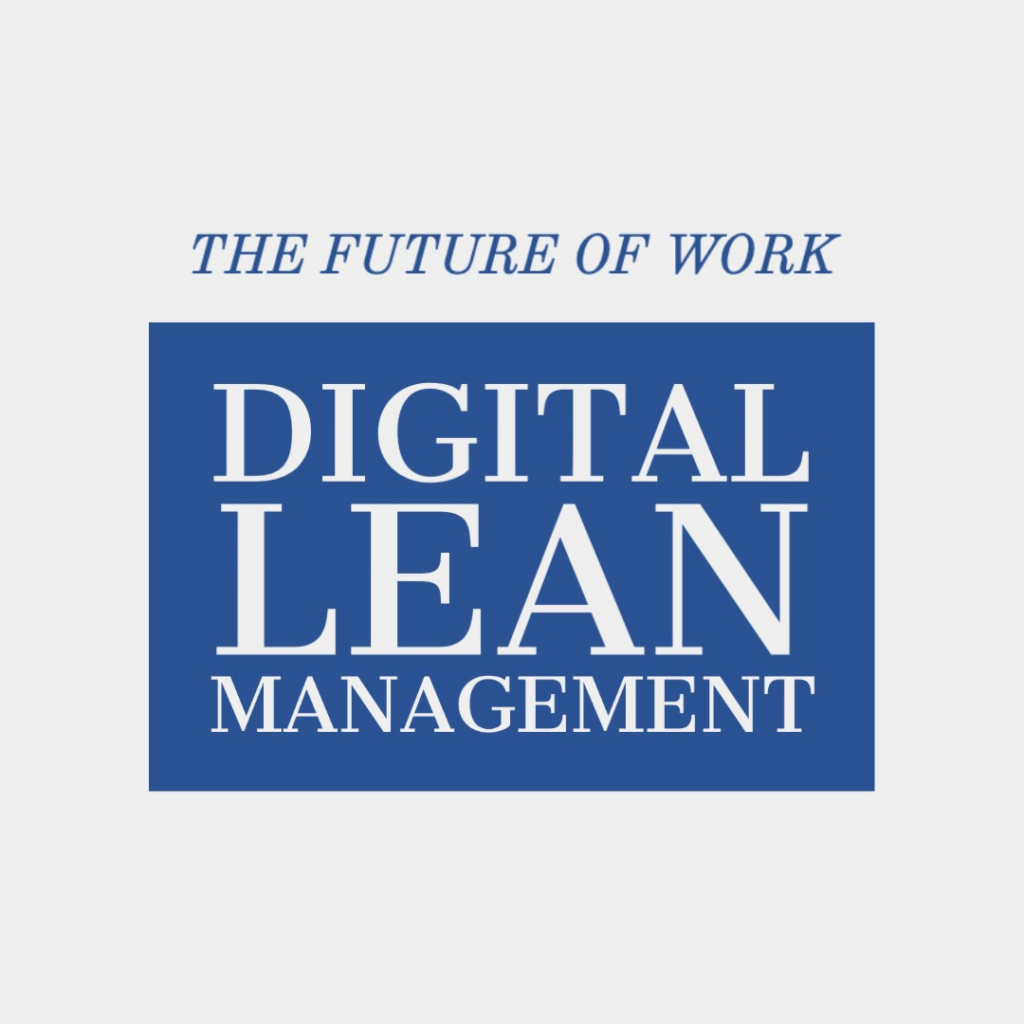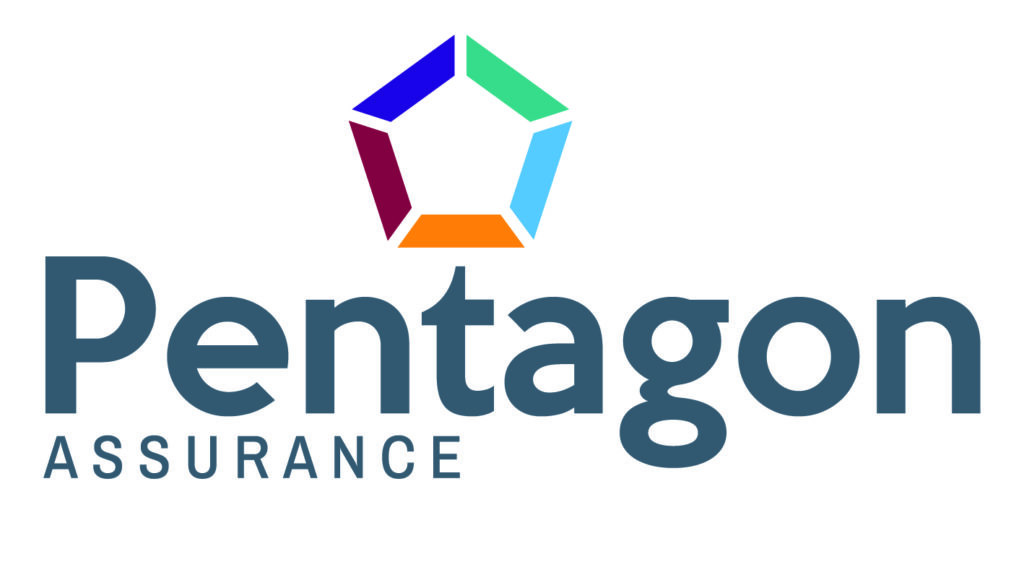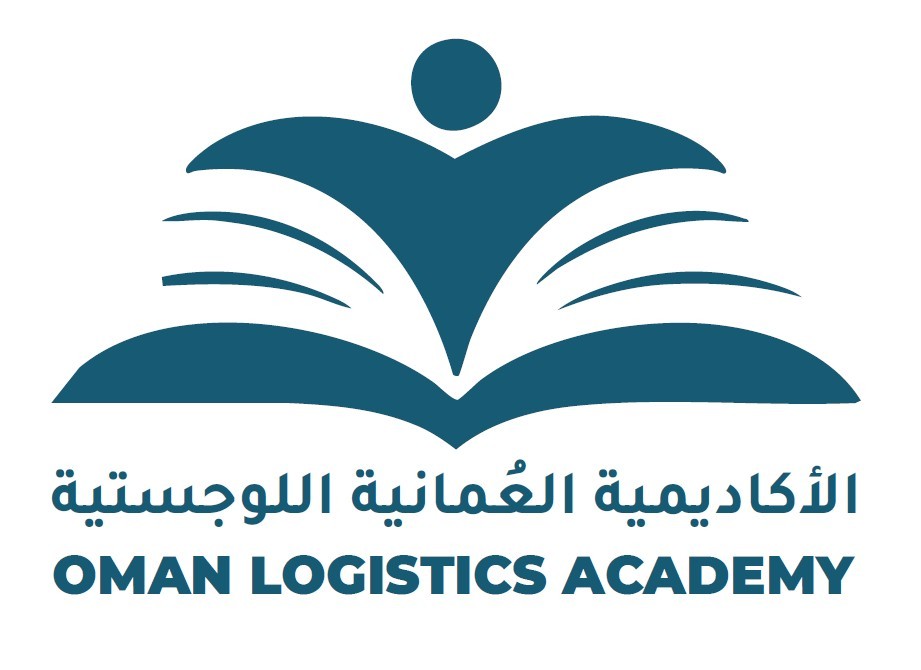The Rising Industrial Powerhouse: Asia’s Growing Dominance in Global Manufacturing
Introduction
Asia, often called the world’s manufacturing powerhouse, has witnessed remarkable industrial growth over the past few decades. This blog post explores the factors driving this boom, focusing on key industries and their advanced growth strategies.
Key Industries Driving Growth
Electronics and Semiconductor Manufacturing
Asia, particularly countries like South Korea, Taiwan, and China, has become a global hub for electronics and semiconductor manufacturing.
For instance, as of 2023, South Korea’s Samsung Electronics and Taiwan’s TSMC are leading players in the semiconductor industry, commanding significant global market shares. China’s aggressive push in semiconductor manufacturing through companies like the Semiconductor Manufacturing International Corporation (SMIC) is also noteworthy. This growth is fueled by massive investments in R&D and state-of-the-art manufacturing facilities, positioning Asia as a critical node in the global electronics supply chain.
Automotive Industry
The automotive sector in Asia, especially Japan and South Korea, is known for its efficiency and innovation. Japanese manufacturers like Toyota and Honda have long been recognized for their lean manufacturing processes, which have set global standards.
With China at the forefront, the electric vehicle (EV) market is another area where Asia is leading. China’s BYD and NIO are becoming global names, challenging traditional automotive giants with their advanced EV technologies.
Textile and Apparel Manufacturing
Asia’s textile and apparel industry, led by countries like Bangladesh, Vietnam, and China, is a significant global player. These countries have capitalized on low labor costs and efficient supply chains to dominate the global market. The recent shift towards sustainable and ethical manufacturing practices is also reshaping this sector, with more emphasis on eco-friendly materials and processes.
Advanced Growth Strategies
Investment in Technology and Automation
Asian industries increasingly adopt automation and advanced technologies like AI and IoT to enhance efficiency. This shift not only improves productivity but also addresses labor shortages and elevates the quality of products.
For instance, the adoption of automation in China’s manufacturing sector has sharply increased, reflecting its commitment to maintaining its competitive edge.
Emphasis on Research and Development (R&D)
R&D investment is a cornerstone of Asia’s industrial growth. South Korea, for instance, allocates a significant portion of its GDP to R&D, focusing on areas like electronics, biotechnology, and renewable energy. This investment has been pivotal in driving innovation and maintaining a competitive edge in the global market.
Government Policies and Incentives
Asian governments play a crucial role in industrial growth through policies and incentives. China’s “Made in China 2025” initiative and India’s “Make in India” campaign are examples of government efforts to bolster manufacturing. These policies often include tax incentives, subsidies, and support for infrastructure development, making these countries attractive destinations for local and foreign investments.
Urbanization and Environmental Challenges
In Asia, half of its population resides in urban areas, cities like Tokyo, with its 13 million residents, are at the forefront of eco-friendly urbanization. Japan’s capital strives to become the leading eco-friendly megacity, setting an example in sustainable urban living.
Tokyo’s policymakers have introduced a cap-and-trade initiative to reduce air pollution. This program sets emission limits for factories and office buildings, allowing companies to trade emission capacities. This approach aims to curb overall emissions and improve air quality.
Furthermore, China is shifting its energy focus from fossil fuels to renewables, addressing its growing energy demands while reducing air pollution. This transition is critical for improving air quality in densely populated cities, although challenges like smog persist.
China has established three sustainable development zones to implement and integrate technologies such as AI in sewage treatment and waste management. These zones are part of a broader initiative to create a green manufacturing belt along the Yangtze River, featuring demonstration plants, industrial zones, and green products.
Asia’s industrial growth is a testament to its innovative strategies, investment in technology, and supportive government policies. As manufacturing professionals and business leaders, understanding these dynamics is crucial for navigating the global industrial landscape and identifying opportunities for collaboration and growth. The future of global manufacturing is increasingly being shaped in Asia, and it is an exciting journey to watch and be a part of.














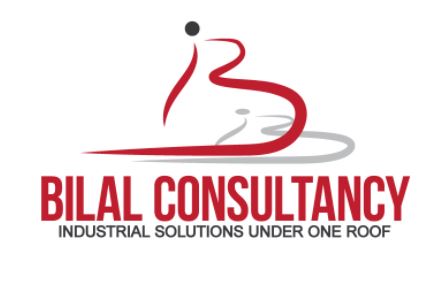





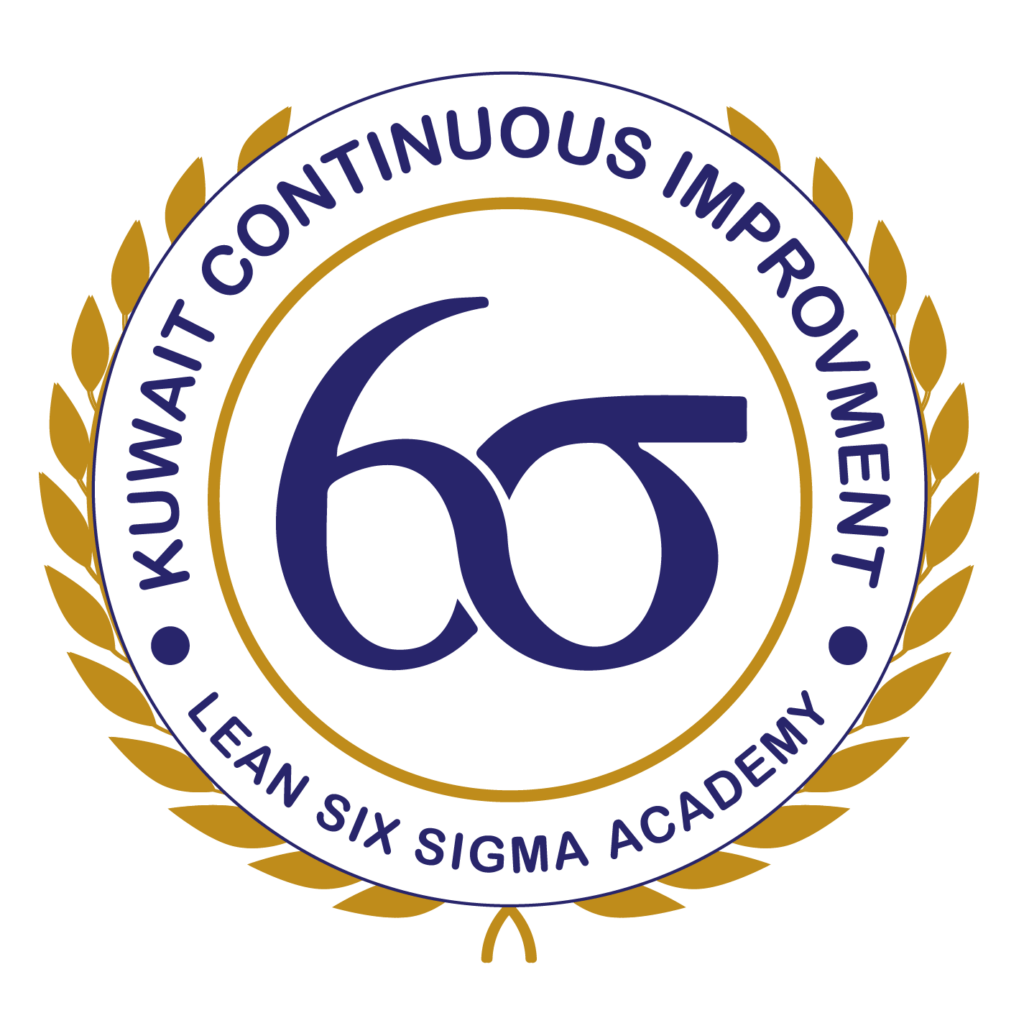




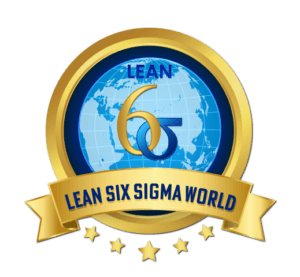




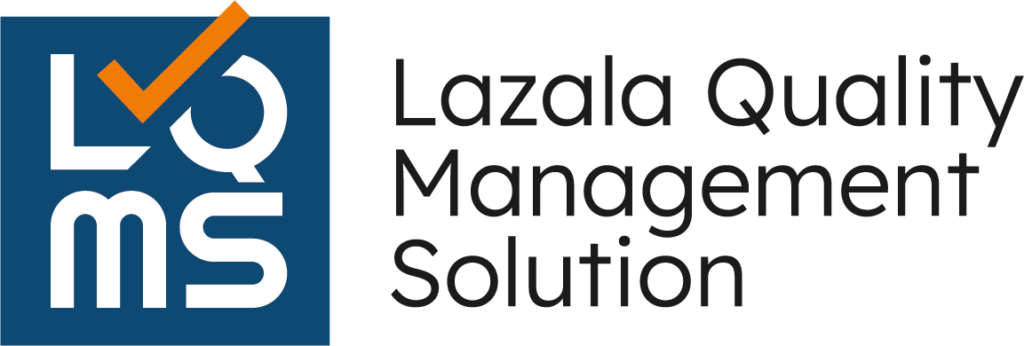








![UCOURSE.ORG [UCOURSE Academy] was established in Hong Kong in 2019 (company name: UCOURSE LTD), dedicated to providing high-quality online courses and courses for Chinese people in China, Hong Kong, and even all over the world. UCOURSE.ORG 【优思学院】于2019年成立于香港(公司名称:优思学院有限公司 / UCOURSE LTD),致力于为中国、香港、以至身处于全球各地的中国人提供优质的线上课程和考试认证,促进全国的人材培育、个人的职业发展,让学员在事业上事半功倍,同时助力国家的未来的急促发展。](https://ilssi.org/wp-content/uploads/2021/02/ucourse-logo-250.png)

